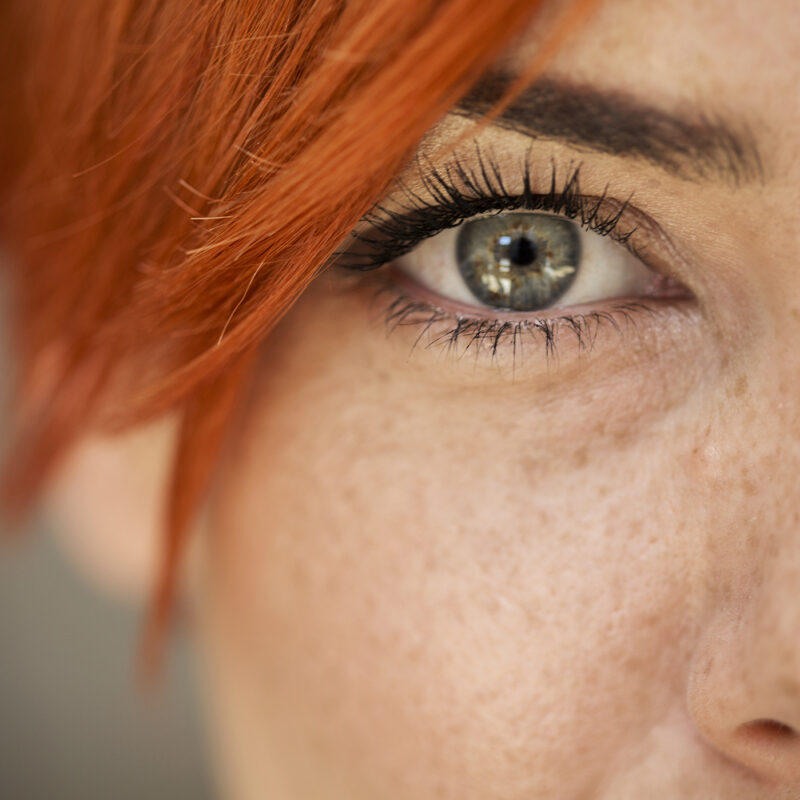It is not always clear what makes an ideal image stimulus for use in parapsychological experiments and applications. For example, in remote viewing (RV) research, many have speculated that beyond the contents of an image, certain important psychological properties such as numinosity, or the emotional or spiritual connection it can evoke, may be predictive of RV success or could explain some instances of displacement (i.e., perceiving correct impressions of the wrong image). These stimulus properties may have similar implications for other areas in parapsychology such as for Ganzfeld studies and presentiment research as well as for traditional psychological experimentation. Yet, aside from anecdotal reports and speculation, there have been few attempts to quantify and empirically validate which, if any, subjective dimensions of an image may be the most influential for participant’s perceptions and study outcomes.
Our aim is to better understand how these unique and often subtle subjective nuances may communicate important and meaningful differences in psychological processes and the associations that people form from visual stimuli. To that aim, I have been collaborating with researchers from IONS and IONS Fellow Julia Mossbridge, PhD, from The Institute for Love and Time (TILT) to develop an open-sourced database of unique images containing normative ratings that vary across 18 separate subjective dimensions or classes. These classes include Abstractness, Animacy, Awe, Conceptual Complexity, Embodiment, Emotional Valence, Emotional Intensity, Interestingness, Likelihood (Hypothetical Distance), Movement, Natural, Numinosity, Visual Perspective, Physical Distance, Sensory, Social, Temporal Distance, and Visual Complexity. For each class and for every image, we are collecting subjective ratings from several volunteer participants. The output of the first phase of this project will, therefore, consist of the normative means and distribution characteristics of the 18 classes for approximately 2000 images in total.
What are the Implications of this?
We believe this tool will provide an invaluable resource for researchers and that it offers numerous practical applications. One application would be to select balanced image stimulus sets for experiments based upon desired levels of certain subjective properties. For example, in an RV protocol, a researcher might select images that are rated as more natural rather than man-made, or perhaps opt for higher ratings of numinosity etc. The database would facilitate efforts to validate each of these classes as having an influence over study outcomes as others have speculated. For example, an experiment might test the hypothesis that a presentiment effect for emotionally intense stimuli varies depending upon the image’s normative level of abstraction. Potentially non-abstract discrete representations of fearful stimuli (e.g., snakes and spiders etc.,) might evoke a greater presentiment response as they’re suggestive of a more immediate and pressing visceral threat compared to images with more abstract and generally ominous content. In the longer term, we aim to explore machine learning methods to train a classifier model to label new images with these 18 classes using the database as a training set. While this is a highly ambitious goal, if successful, this would result in an “evergreen” set of normed images in which image classes could be generated automatically rather than relying on volunteers to label them by hand.
We Need Your Help!
If you would like to contribute to this project, we are seeking volunteers to help make image ratings. Learn more about how you can participate in the research.
